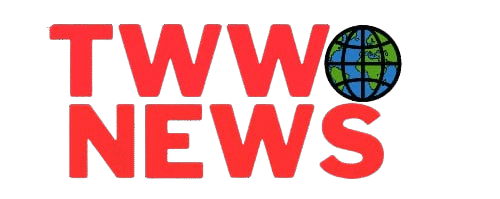🗓 August 2, 2025
🖊 By TWWnews.com | Global Environment Desk
📍 Locations: Chicago, IL / Washington, D.C.
A vast cloud of smoke from raging Canadian wildfires has descended upon the U.S. Midwest, placing over 70 million Americans under hazardous air alerts. The thick plumes—originating from intense blazes in Saskatchewan, Alberta, and Manitoba—have stretched across state lines, choking major cities with pollution levels among the worst in the world.
🔥 Affected Cities Include:
- Chicago
- Minneapolis
- Milwaukee
- Detroit
- Indianapolis
- St. Louis
Air quality monitors on Friday ranked Chicago and Minneapolis alongside global pollution hotspots.
🚨 Health Advisory in Effect
The U.S. Environmental Protection Agency has issued Code Red alerts, indicating severely unhealthy air for the general population. Health experts urge precautions:
- Limit outdoor exposure
- Wear certified masks like N95 or KN95
- Keep indoor air clean using filters or air purifiers
- Watch for symptoms such as coughing, chest tightness, or fatigue
Vulnerable groups include seniors, children, pregnant individuals, and anyone with respiratory or cardiovascular conditions.
🌍 Broader Implications
This marks the third cross-border smoke event this summer, underscoring the intensifying threat posed by climate-driven wildfires. Experts attribute the rise in frequency and severity to prolonged droughts and global warming.
🗣️ Expert Voices
“We’re experiencing pollution levels that mimic industrial accident zones,” said Dr. Lena Morales of Johns Hopkins University.
This isn’t localized—it’s a continental emergency.
Toxic air exposure on this scale is unheard of in everyday environments, added EPA spokesperson James Carter.
📊 Air Quality Snapshot (August 2, 2025)
| City | AQI Index | Warning Level |
|---|---|---|
| Chicago | 198 | Very Unhealthy |
| Minneapolis | 205 | Very Unhealthy |
| Detroit | 172 | Unhealthy |
| Milwaukee | 180 | Unhealthy |
| St. Louis | 160 | Unhealthy |
(Source: EPA, IQAir)
📌 Next Steps
Smoke may linger into the weekend based on shifting winds and firefighting efforts up north. Coordination between U.S. and Canadian authorities is ongoing to track conditions and inform the public.
Stay connected with TWWnews.com for continuous updates and emergency alerts from our Environment Desk.

